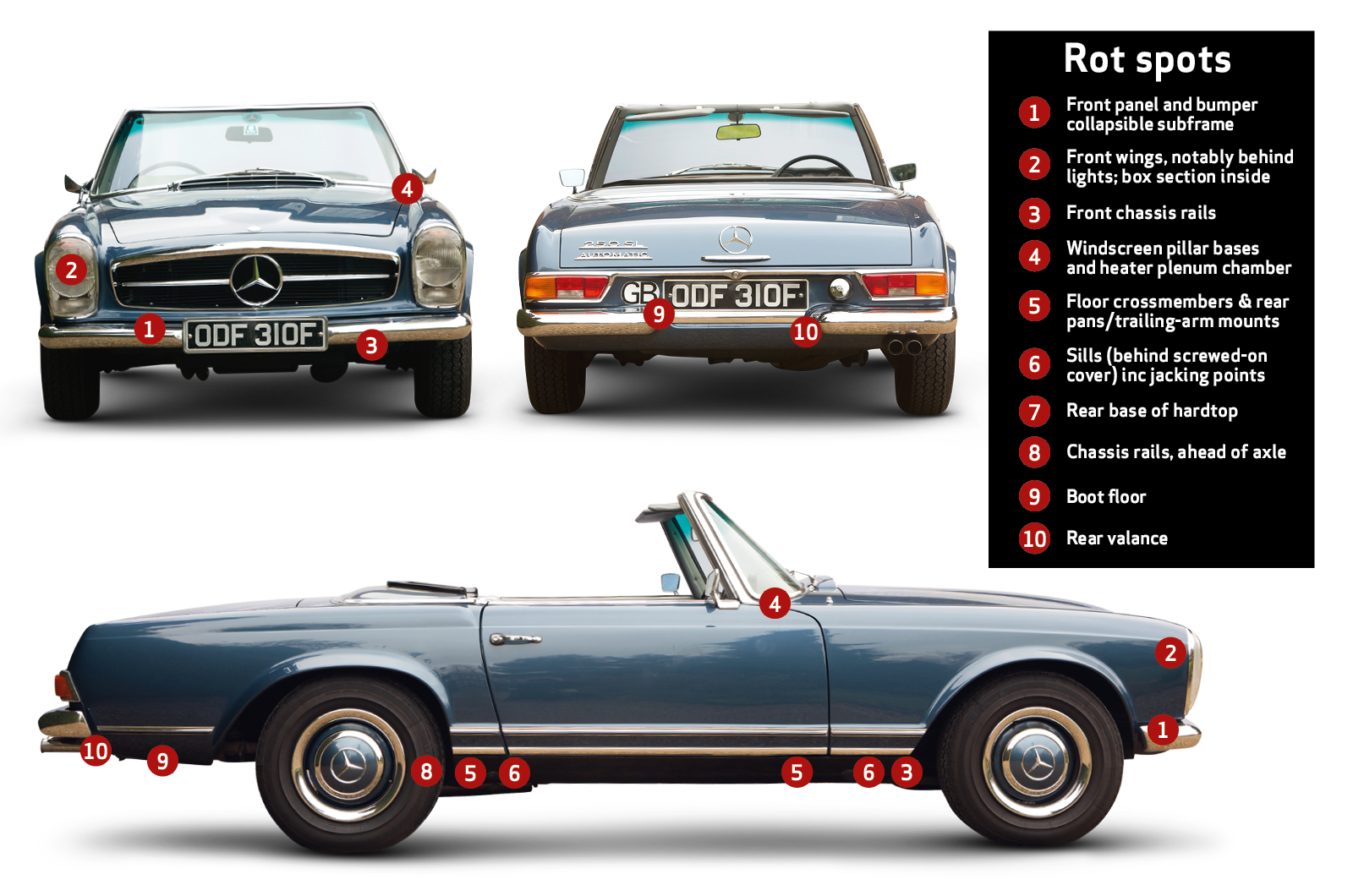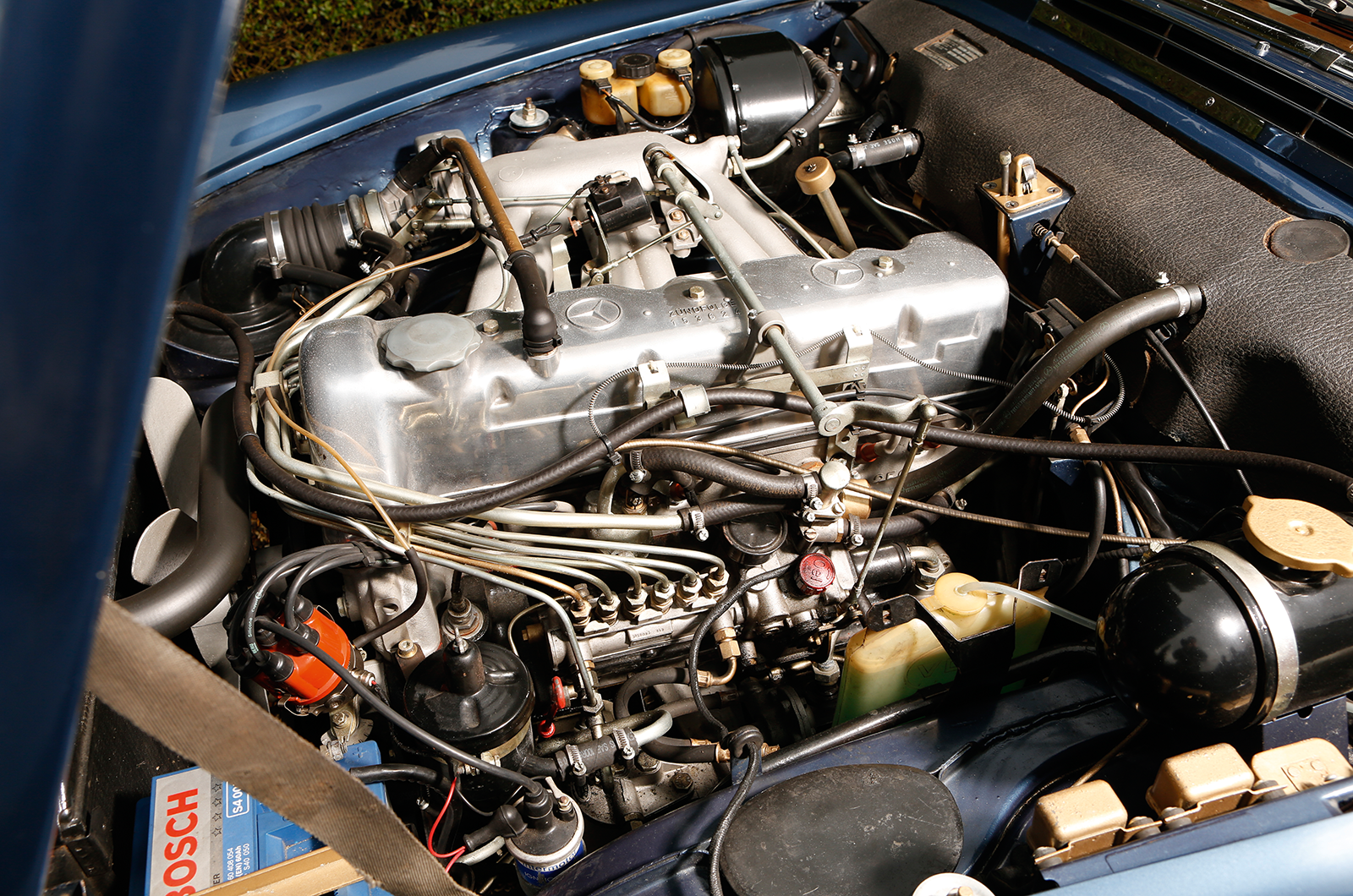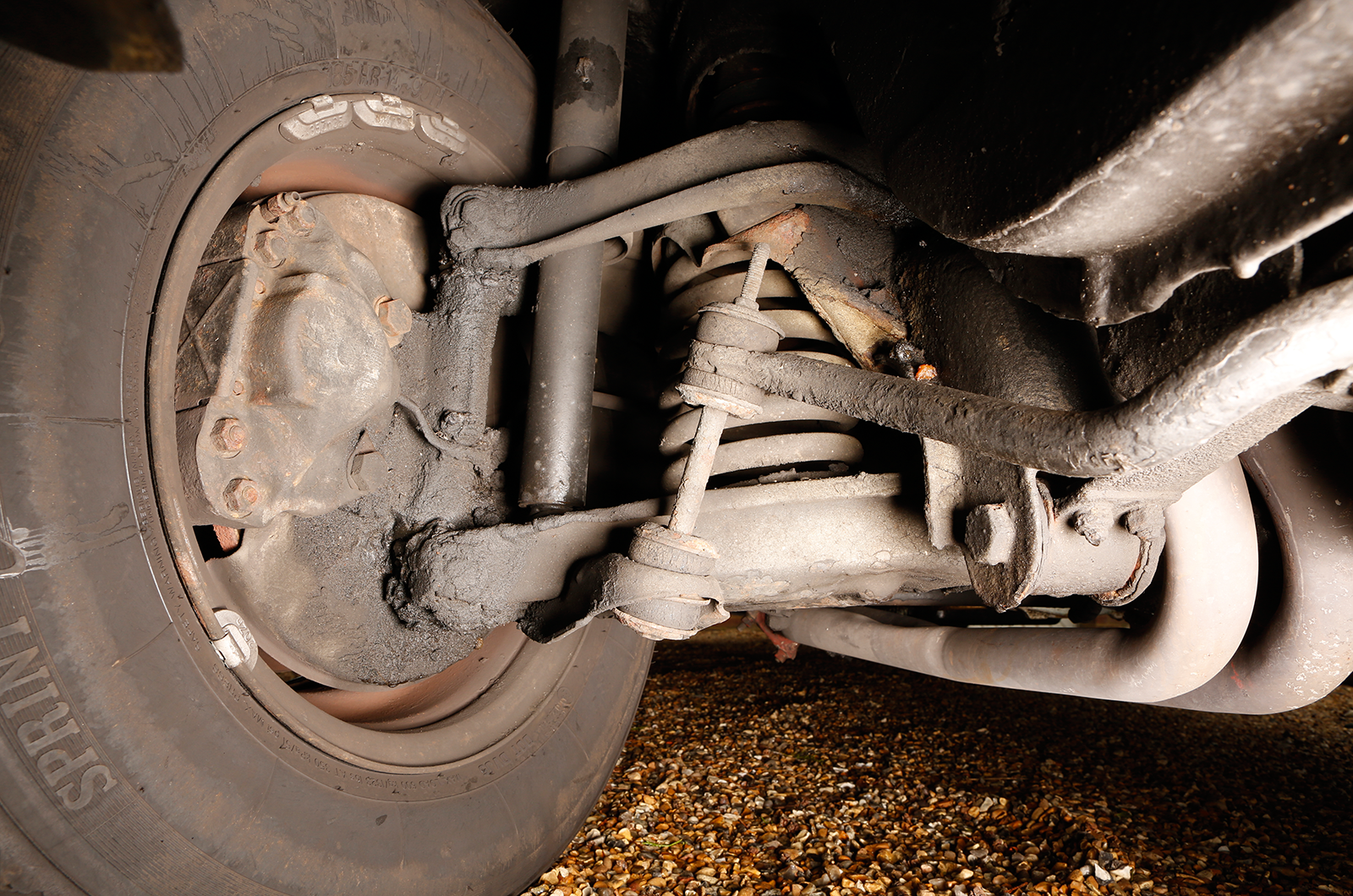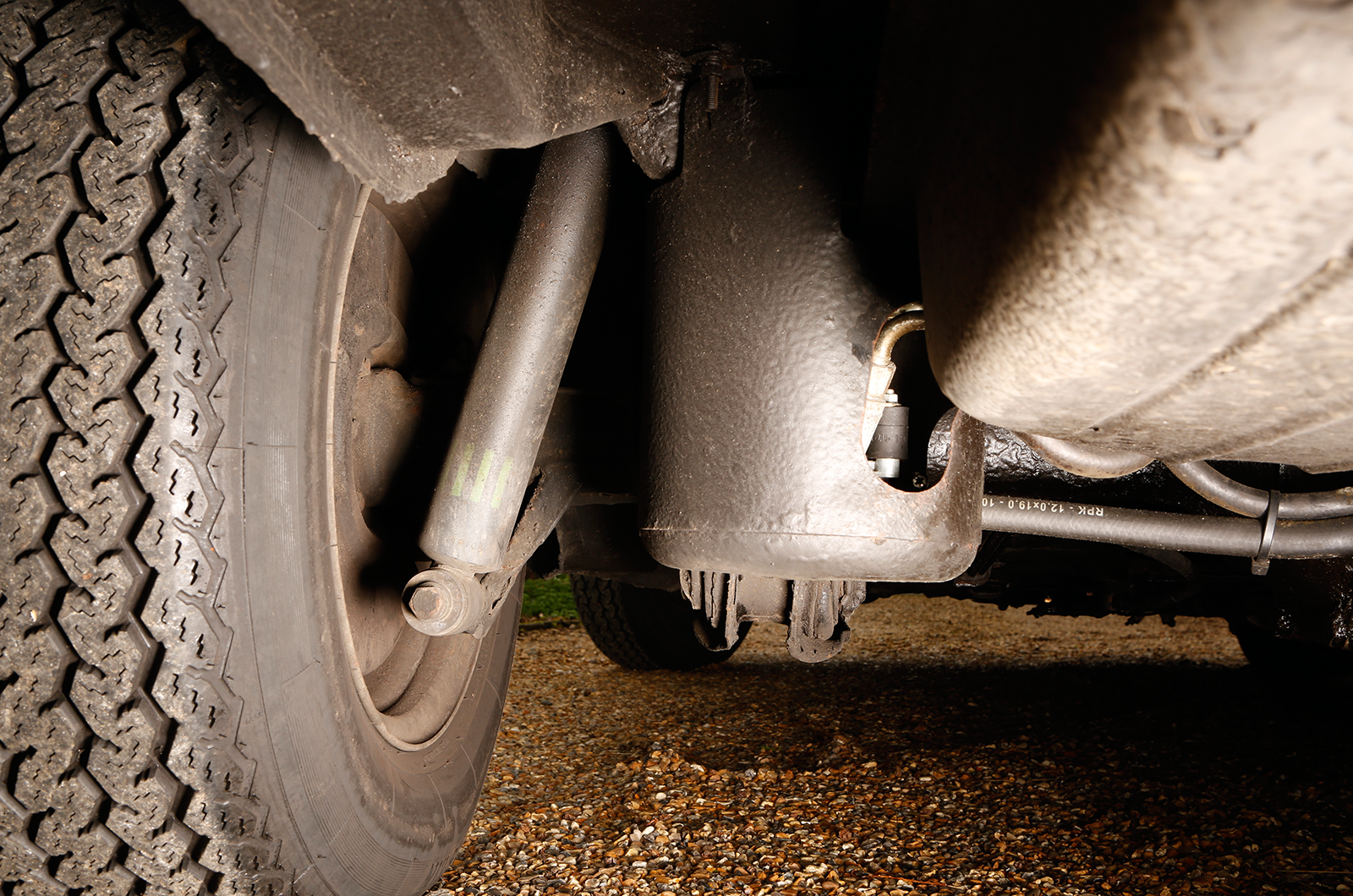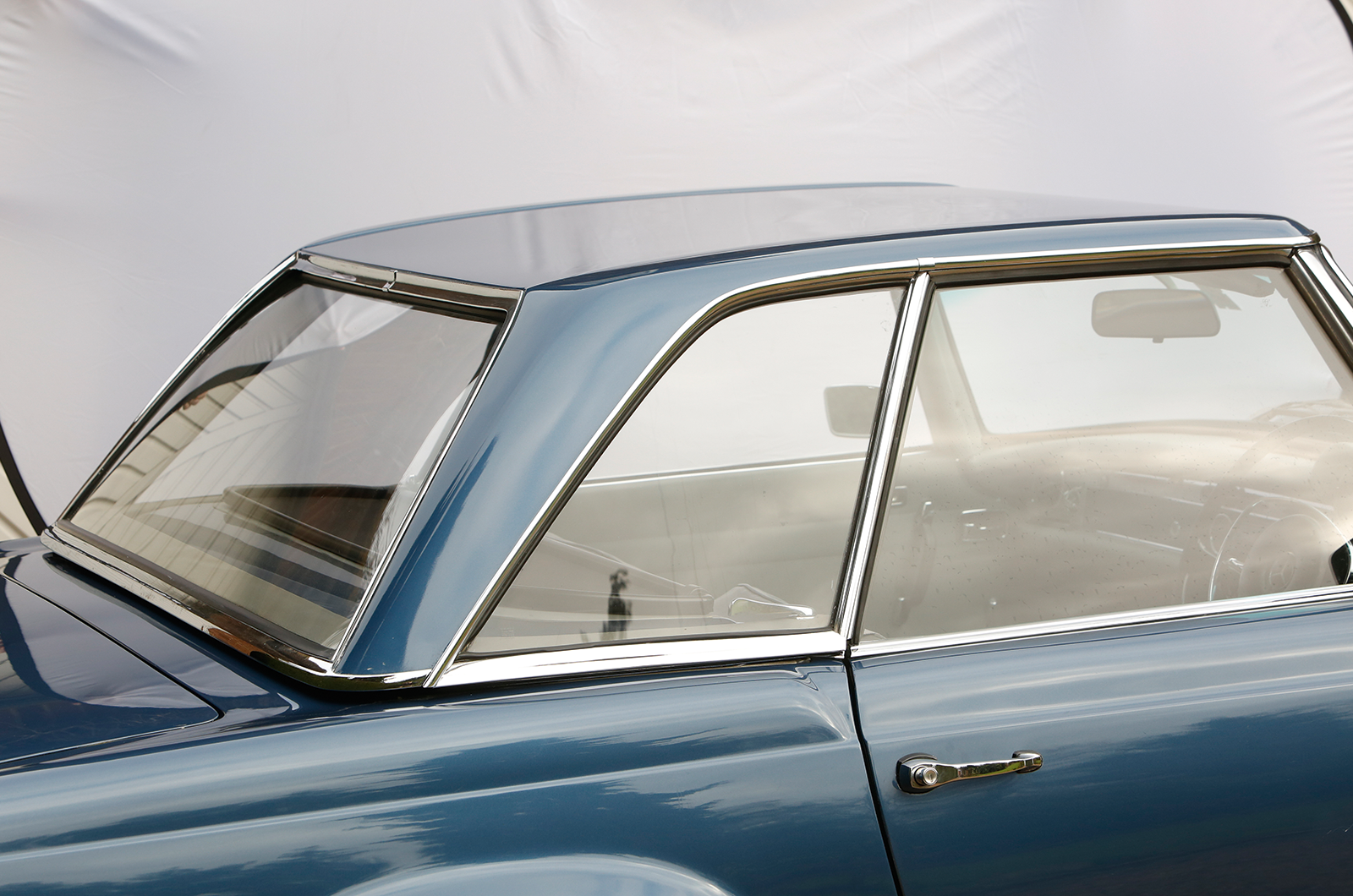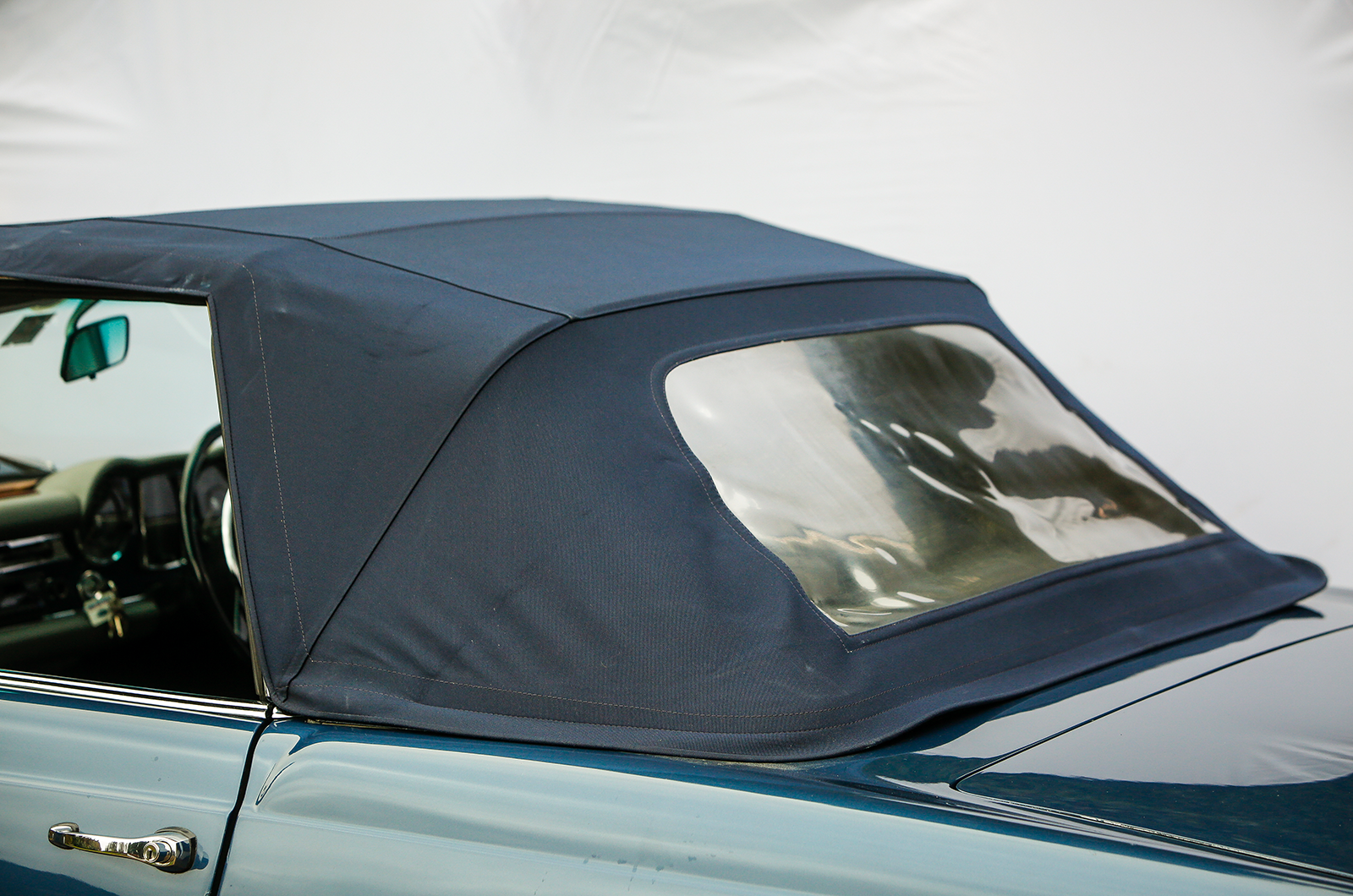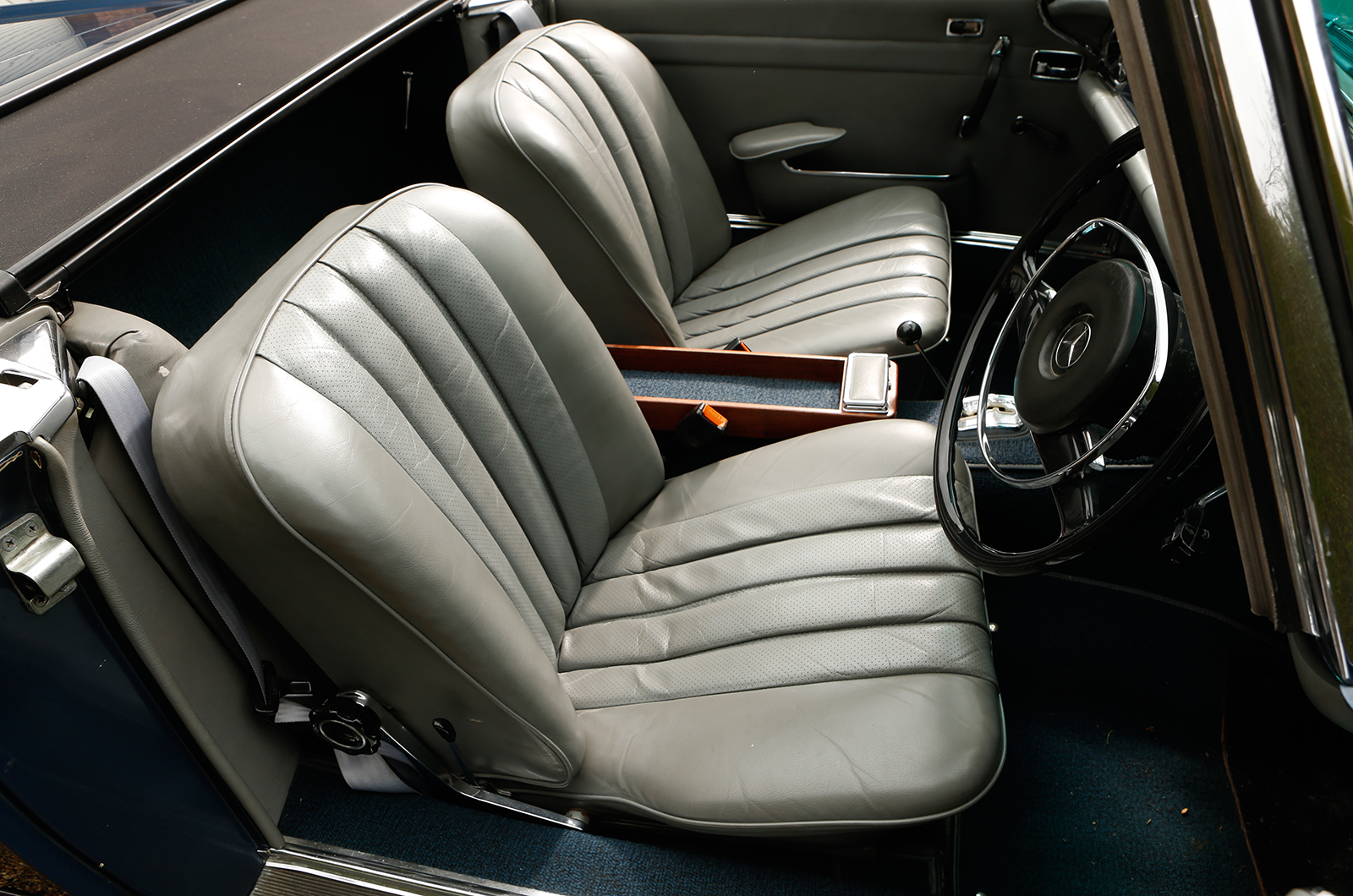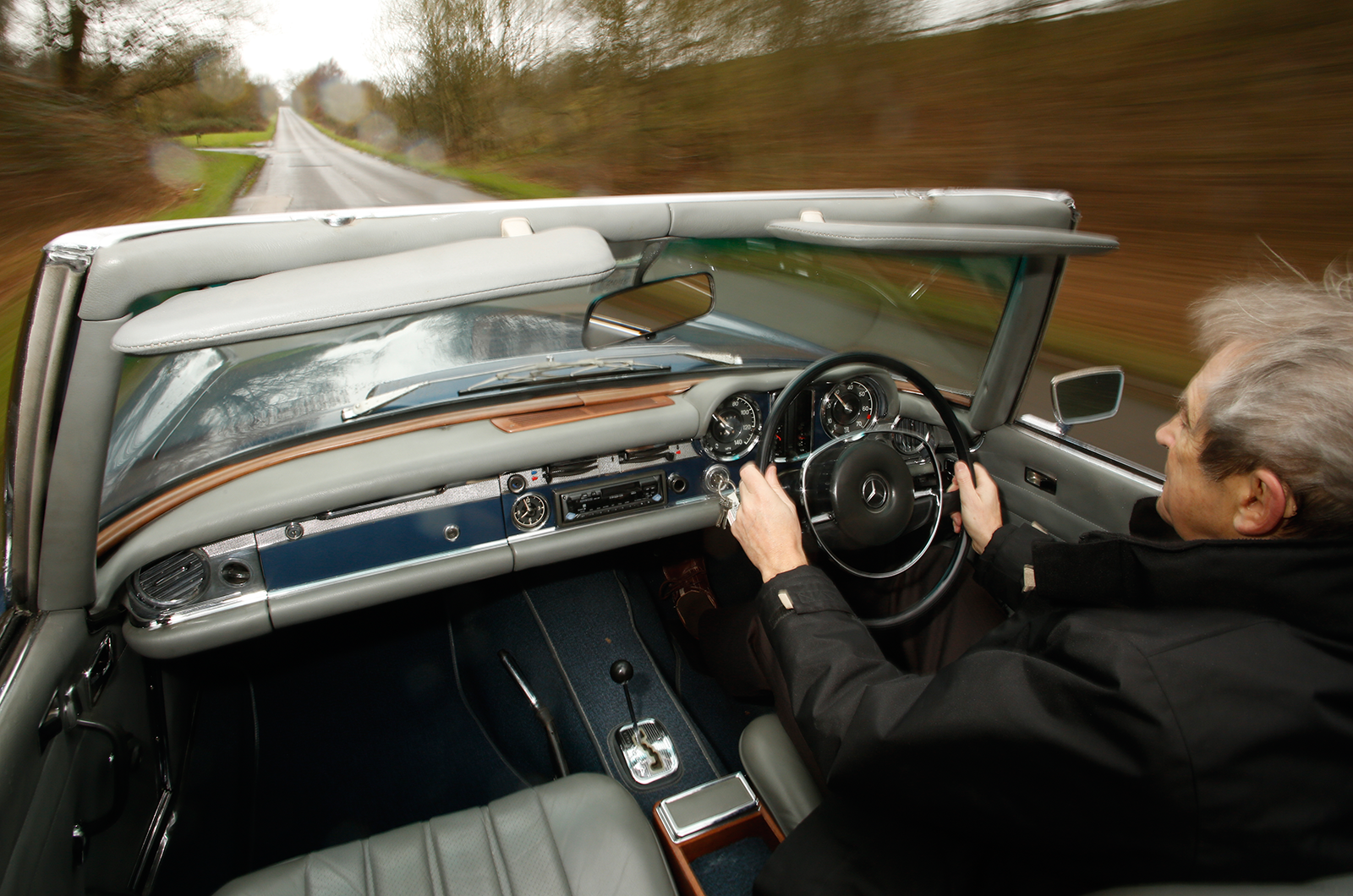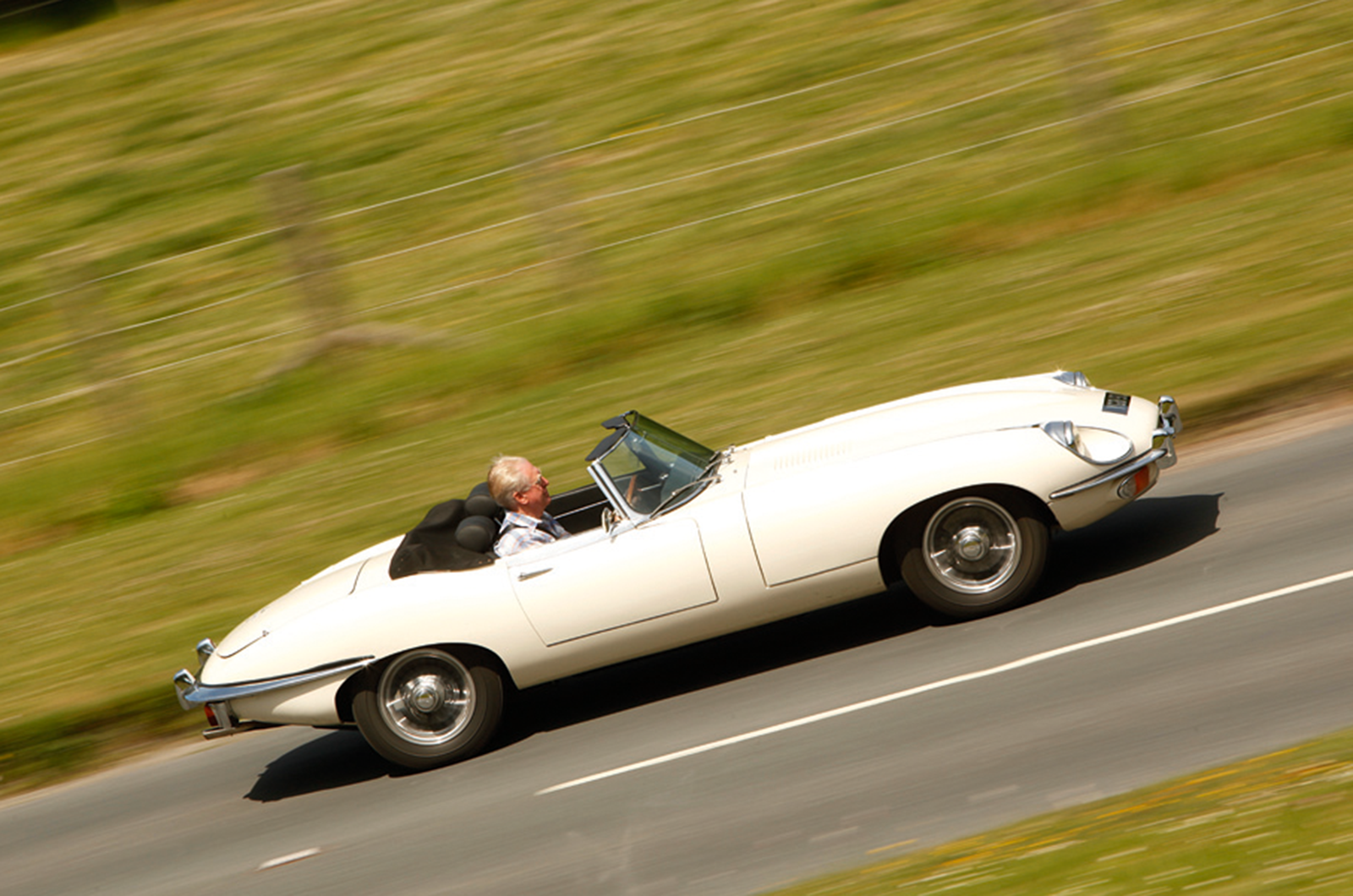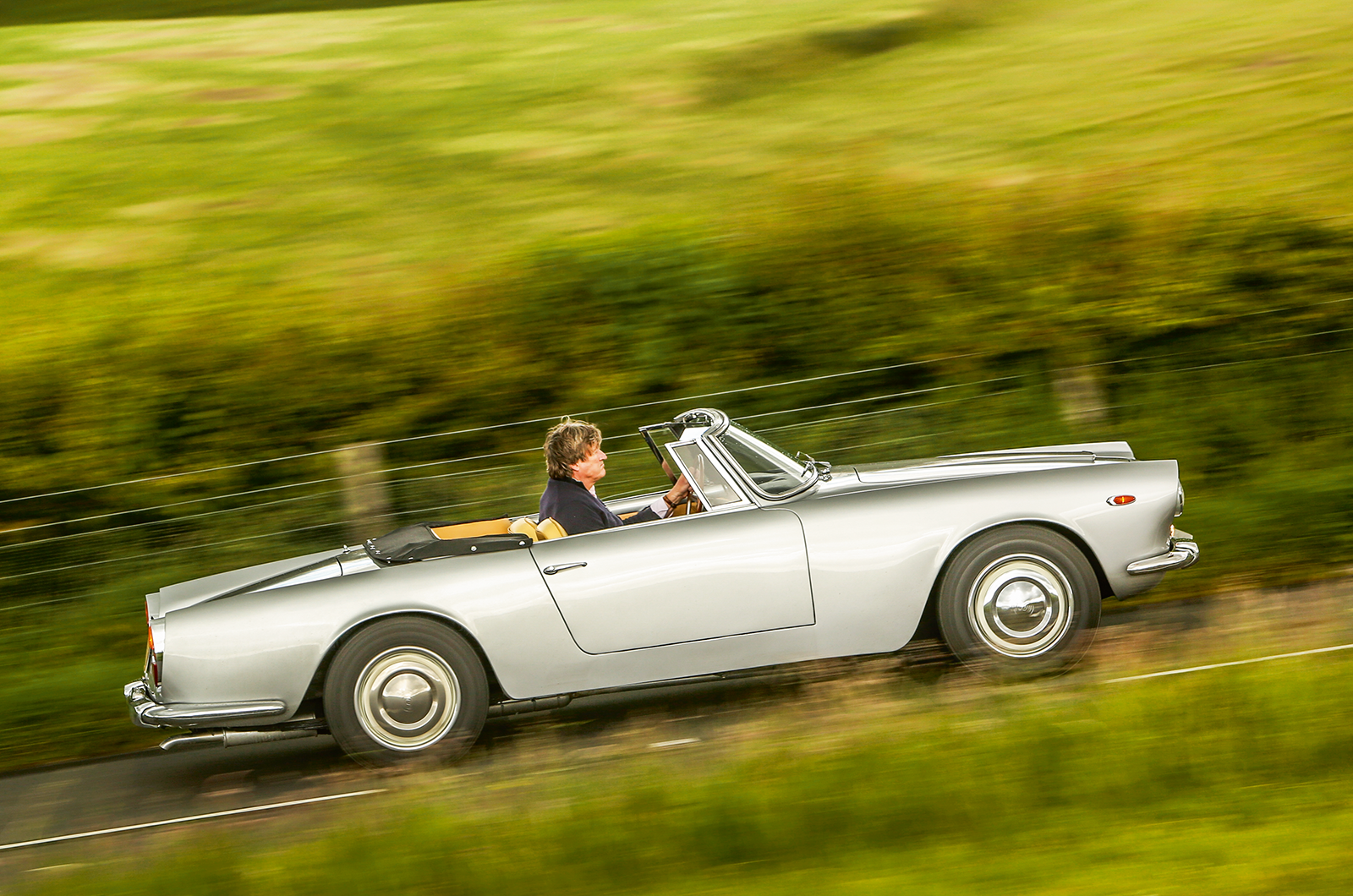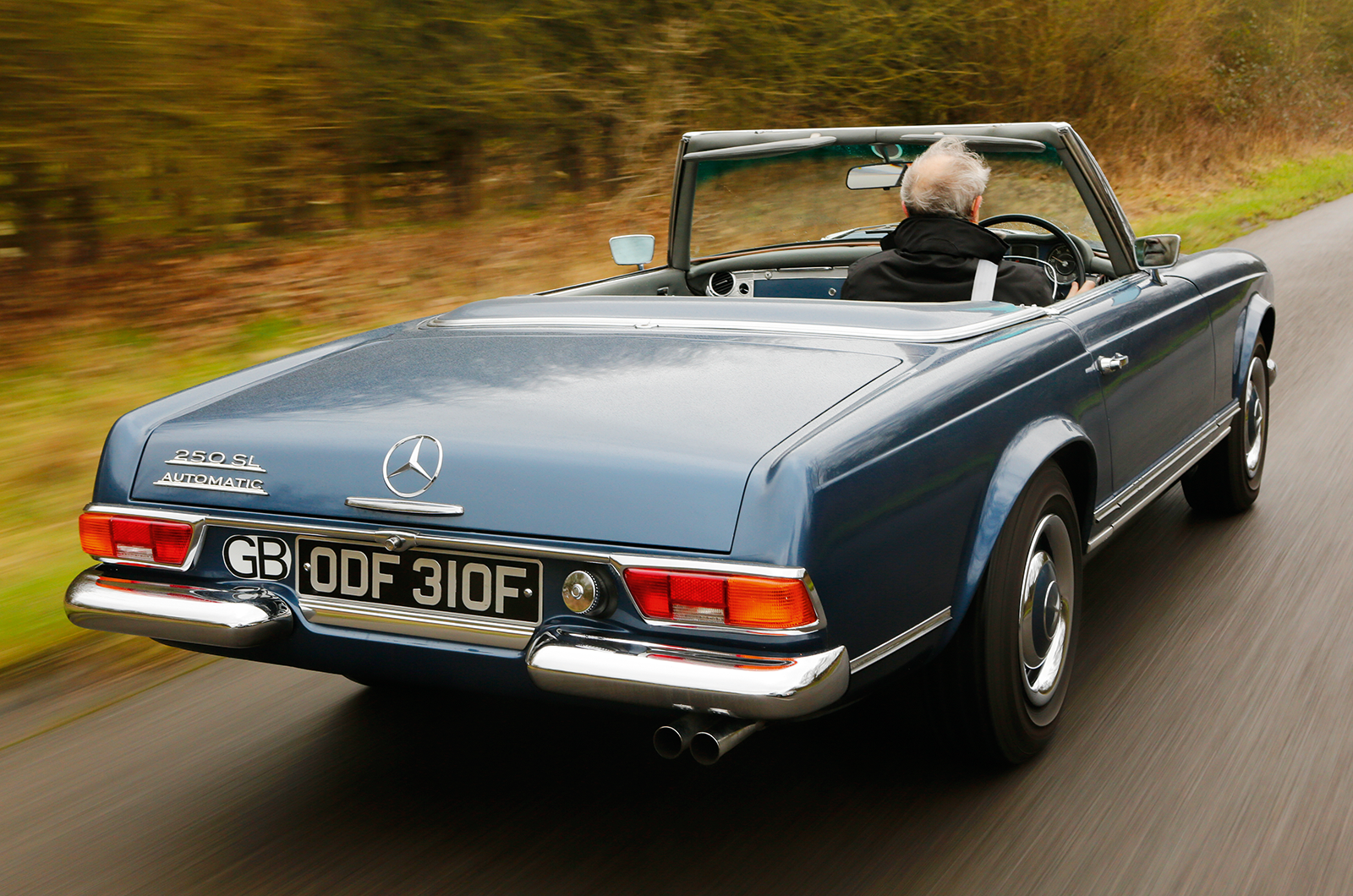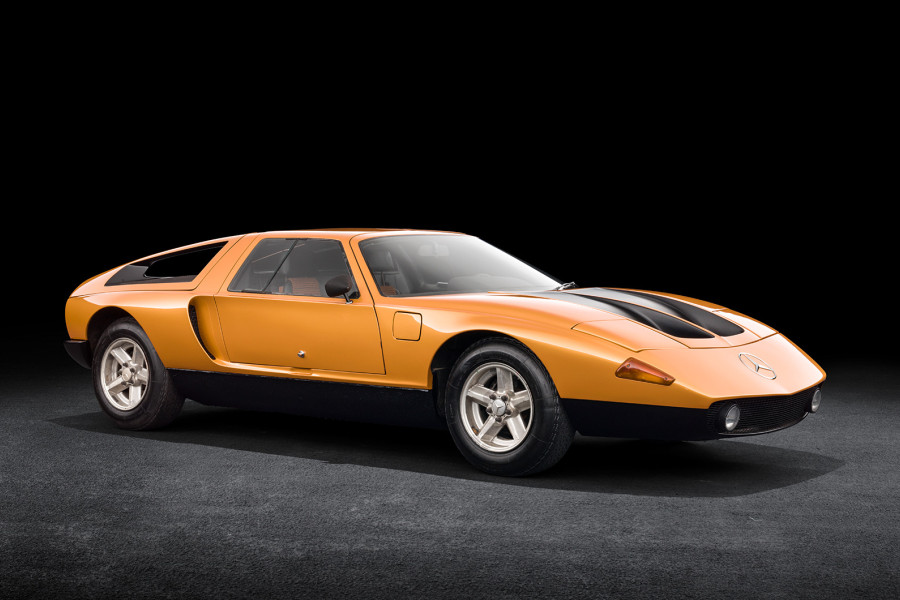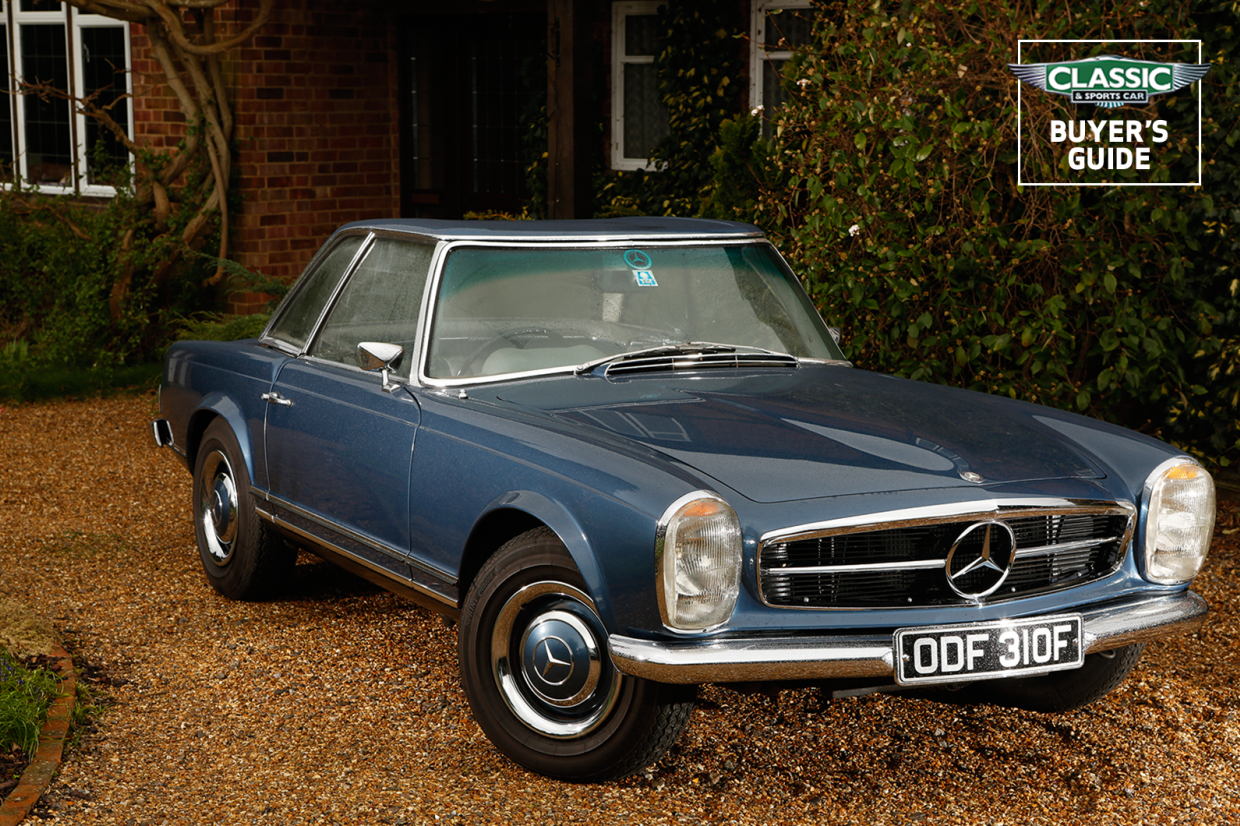
Why you’d want a Mercedes-Benz W113 230-280SL
Paul Bracq’s styling masterpiece, the Pagoda-roof Mercedes-Benz W113 SL was built to exceptional standards, from cast-aluminium door shells to individually numbered alloy bonnet, bootlid, hood cover and door skins.
Way ahead of its time in the combination of sporting performance and touring comfort that it offers, it seems delicate but is a masterful endurance rally car – as proven by winning the gruelling 1964 Spa-Sofia-Liège.
All three engines give a near-identical top speed, though the 250 and 280 have significantly more torque than the 230SL.
The 280 also has softer seats and suspension and 90% were sold with an excellent four-speed automatic, whereas 75% of 230s were manual.
The W113 was always glamorous and expensive (twice as much as a 4.2 E-type), with Charlton Heston and John Lennon among star owners in period. John Travolta, David Coulthard, Jason Orange and Kate Moss have added more recent flair to the model.
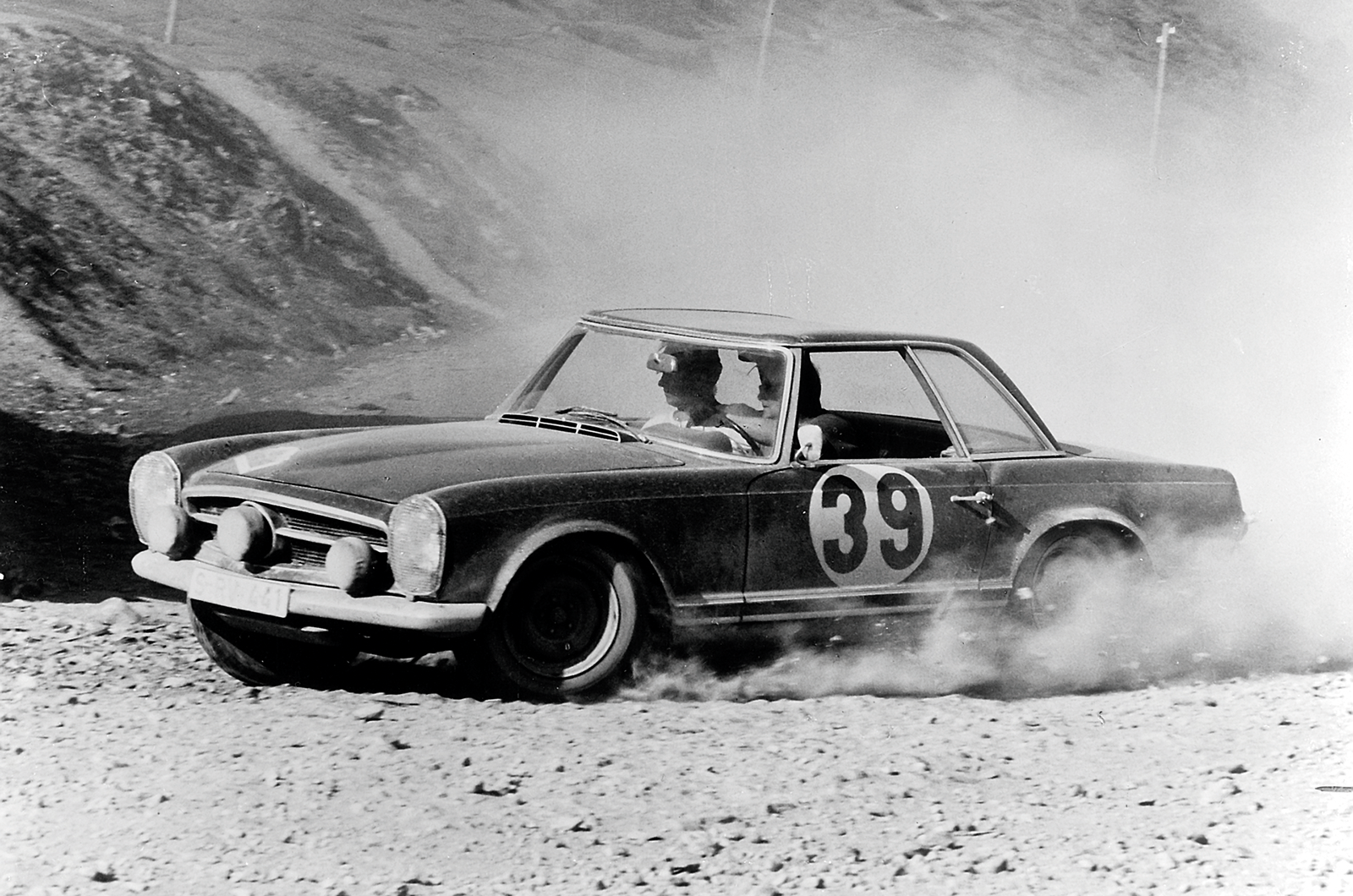
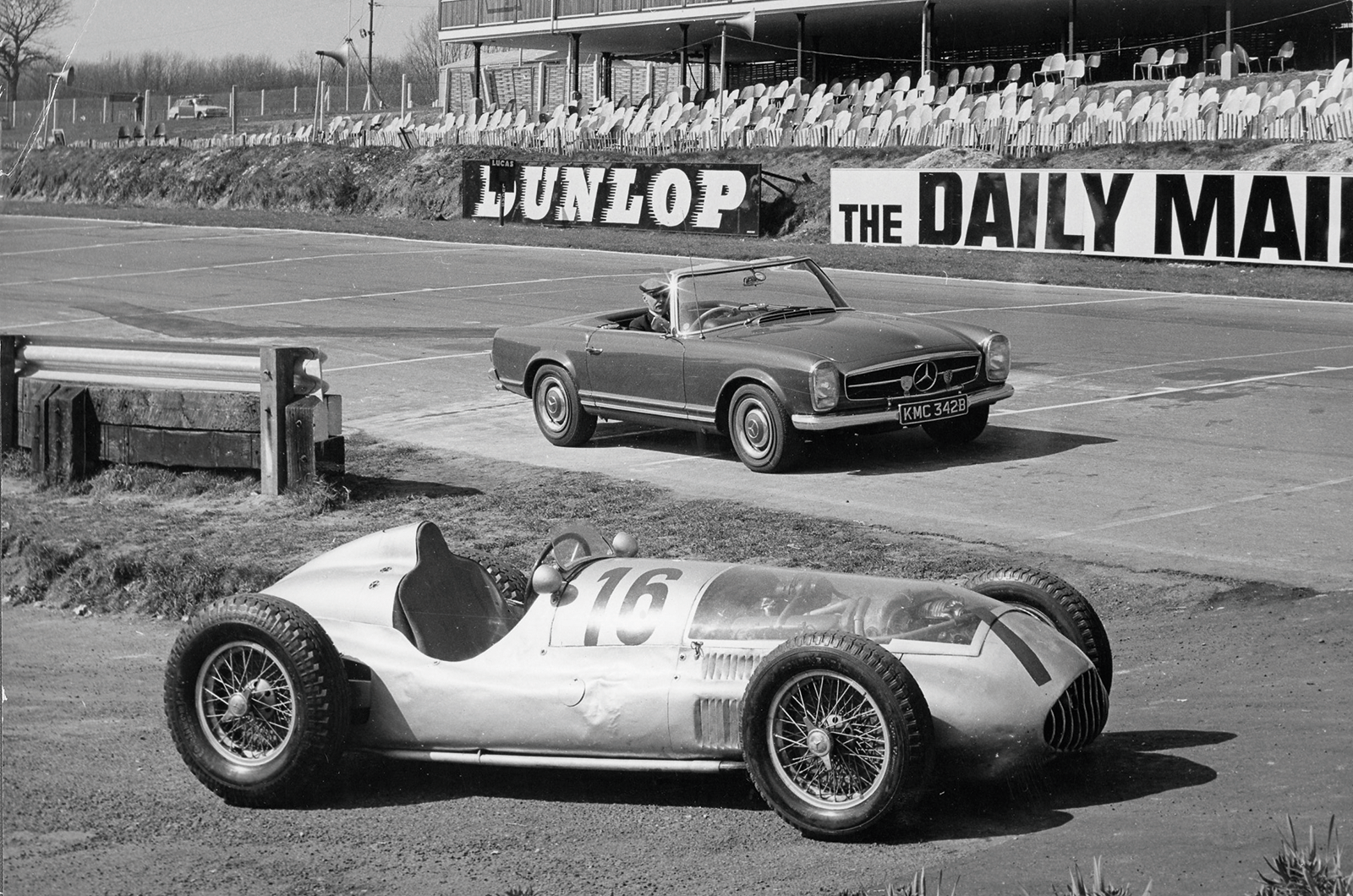
Eugen Böhringer won the ’64 Spa-Sofia-Liège in a 230SL (left); W165 ‘Tripoli’ car at Normand customer test day, Brands Hatch

